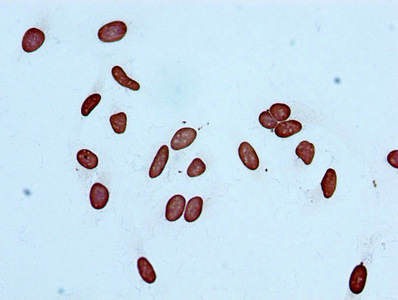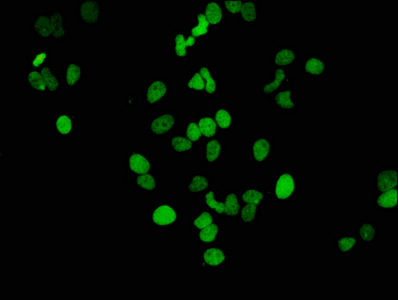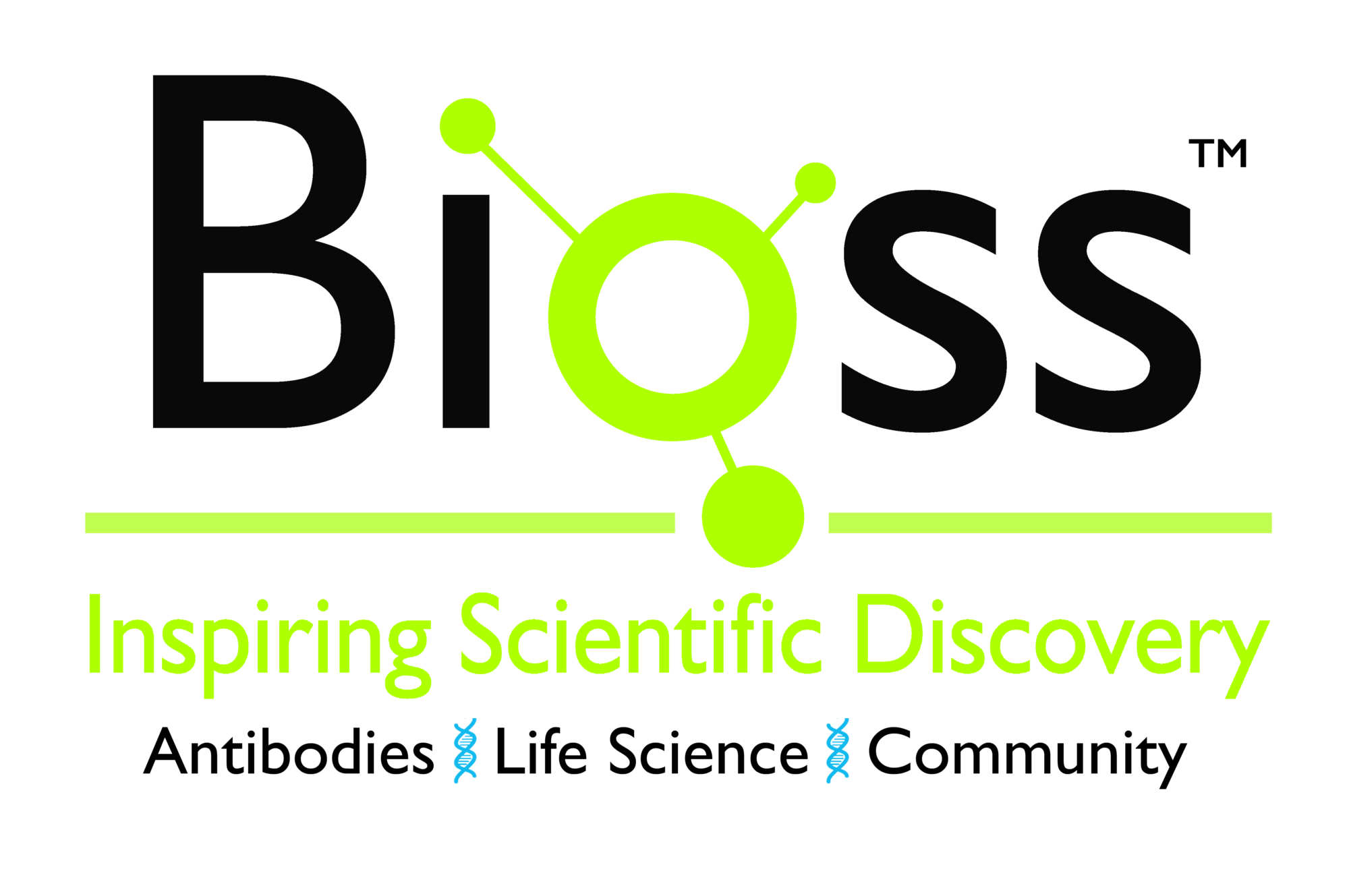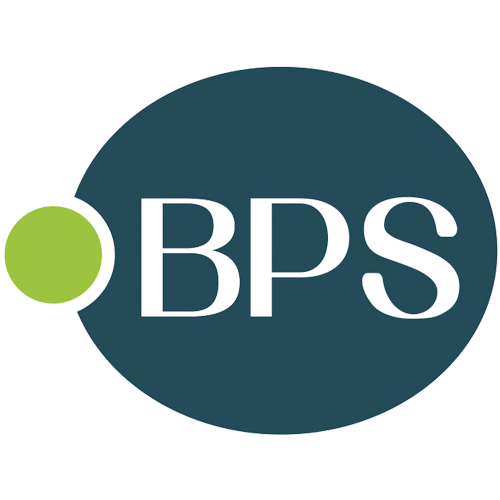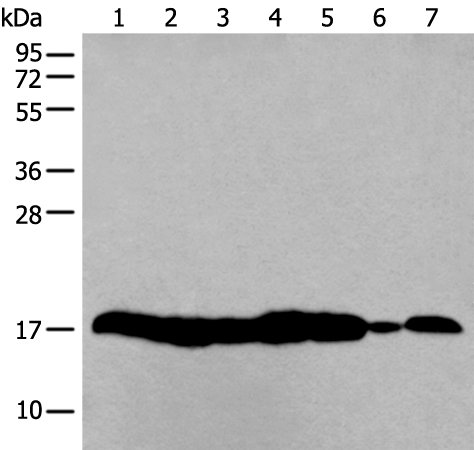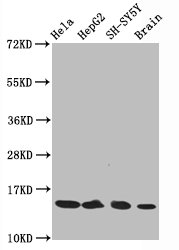
Western Blot Positive WB detected in Hela whole cell lysateepG2 whole cell lysateH-SY5Y whole cell lysateat brain tissue All lanes Acetyl-Histone H3.1(K14)antibody at 0.75microg/ml Secondary Goat polyclonal to rabbit IgG at 1/50000 dilution Predicted band size: 15 KDa Observed band size: 15 KDa
Acetyl-Histone H3.1 (K14) Recombinant Monoclonal Antibody
CSB-RA010418A14ACHU
ApplicationsImmunoFluorescence, Western Blot, ELISA, ImmunoCytoChemistry
Product group Antibodies
ReactivityHuman, Rat
TargetH3C1
Overview
- SupplierCusabio
- Product NameAcetyl-Histone H3.1 (K14) Recombinant Monoclonal Antibody
- Delivery Days Customer20
- ApplicationsImmunoFluorescence, Western Blot, ELISA, ImmunoCytoChemistry
- CertificationResearch Use Only
- ClonalityMonoclonal
- Clone ID3H3
- ConjugateUnconjugated
- Gene ID8350
- Target nameH3C1
- Target descriptionH3 clustered histone 1
- Target synonymsH3/A, H3C10, H3C11, H3C12, H3C2, H3C3, H3C4, H3C6, H3C7, H3C8, H3FA, HIST1H3A, histone H3.1, H3 histone family, member A, histone 1, H3a, histone H3/a, histone cluster 1 H3 family member a, histone cluster 1, H3a
- IsotypeIgG
- Protein IDP68431
- Protein NameHistone H3.1
- Scientific DescriptionCore component of nucleosome. Nucleosomes wrap and compact DNA into chromatin, limiting DNA accessibility to the cellular machineries which require DNA as a template. Histones thereby play a central role in transcription regulation, DNA repair, DNA replication and chromosomal stability. DNA accessibility is regulated via a complex set of post-translational modifications of histones, also called histone code, and nucleosome remodeling.
- ReactivityHuman, Rat
- Storage Instruction-20°C or -80°C
- UNSPSC41116161

